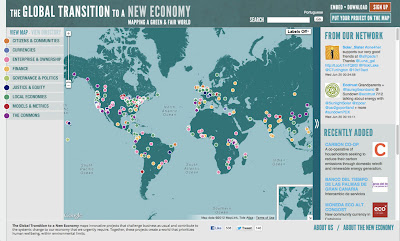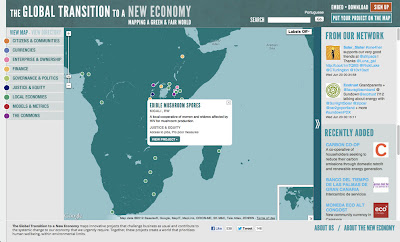It’s no secret that users are spending more and
more time on their mobile and tablet devices, and the trend will continue to scale.
Mobile devices drive 10% of total Internet traffic, up from 4% just 18 months ago, and an astounding 29% of U.S. adults now have a tablet or e-reader -- up from 2% three years ago. This opens up many new opportunities for advertisers to connect with consumers. However, with this new opportunity comes new challenges to create rich ad experiences that engage and delight viewers; experiences that leverage unique features of the devices and environment in which they’re seen.
To see what mobile ads of tomorrow will look like, we’ve re-imagined four iconic ads from the 1960s and 70s in Project Re: Brief, an experiment we
launched earlier this year. Today we’re releasing the
Android app for Project Re: Brief, which lets you play with these new ads on your phone and tablet devices. Built on the latest platform for
mobile rich media, these ads try to push the boundaries of what can be done with today’s technology.
Coca-Cola: “I’d like to buy the world a Coke.” (mobile ad)
The mobile ad lets you send a free Coke with a text message to a stranger across the world, who can receive it on special vending machines. The recipient can then record a message from the machine and send it right back to your phone. The ad uses the phone’s GPS location to show a customized video of your message flying through clouds, Google Maps and StreetView images.
Volvo: “Drive it like you hate it.” (tablet ad)
This ad lets you follow the
unique story of Irv Gordon, a loyal Volvo owner who's on his way to putting three million miles on his 1966 P1800s. You can watch relevant videos and hear audio clips about stories from his journey so far, follow his Google+ feed, see his mileage and location in real-time, and explore features of the latest Volvo cars. The ad shows different copy and video based on the tablet app in which it is seen. Simply swipe the screen left or right to see how the ad behaves in different apps.
Alka-Seltzer: “I can’t believe I ate the whole thing.” (mobile ad)
You can follow Ralph on the day “he ate the whole thing” through a series of 1970’s sitcom-like episodes that are customized to the viewer based on the device, app, time, weather and location. From the ad settings menu, you can select various options to see how a video might be customized to a viewer based on this information. Then, simply tap the display ad to launch the customized video.
Avis: “We try harder.” (tablet ad)
A user can write about his or her experiences with Avis rental cars in natural language, i.e. spoken English, provide some details about the rental car, and within seconds, his or her story is turned into a one-of-a-kind film, which can be shared on the web - all within the ad. The pre-roll animation of the ad changes based on the app. Swipe the screen left or right to see how the animation varies in different apps.
If you don’t have an Android device, you can play with the desktop versions of these ads on
projectrebrief.com, and watch videos of the mobile versions. We’re also working hard on an app for your iOS devices.
These are just some examples of what can be done with mobile ads, when you marry big creative ideas with the latest technology platforms. We hope they inspire the advertising community to create even more beautiful mobile experiences.
Posted by Aman Govil, Product Marketing Manager, Display Marketing 







